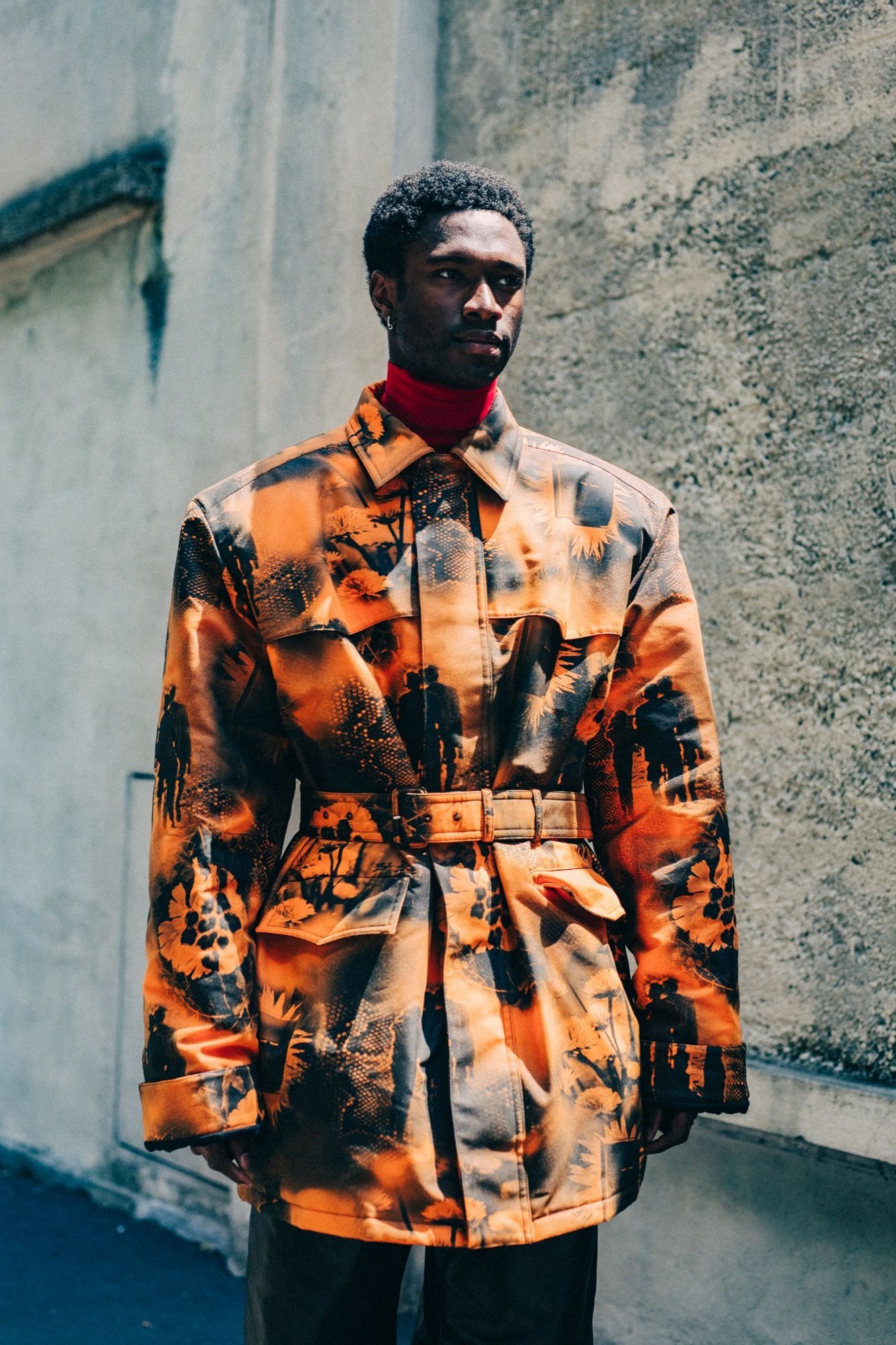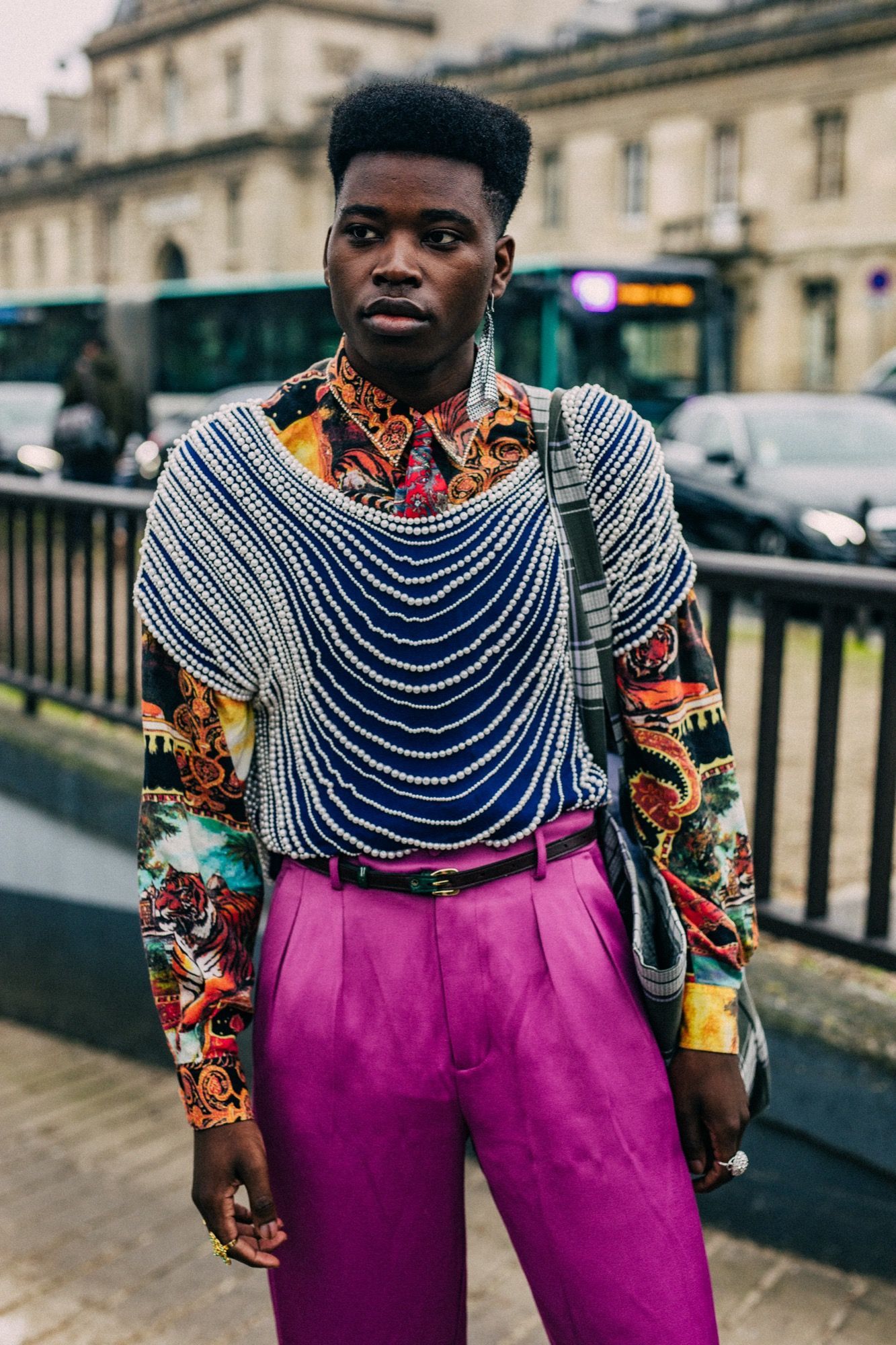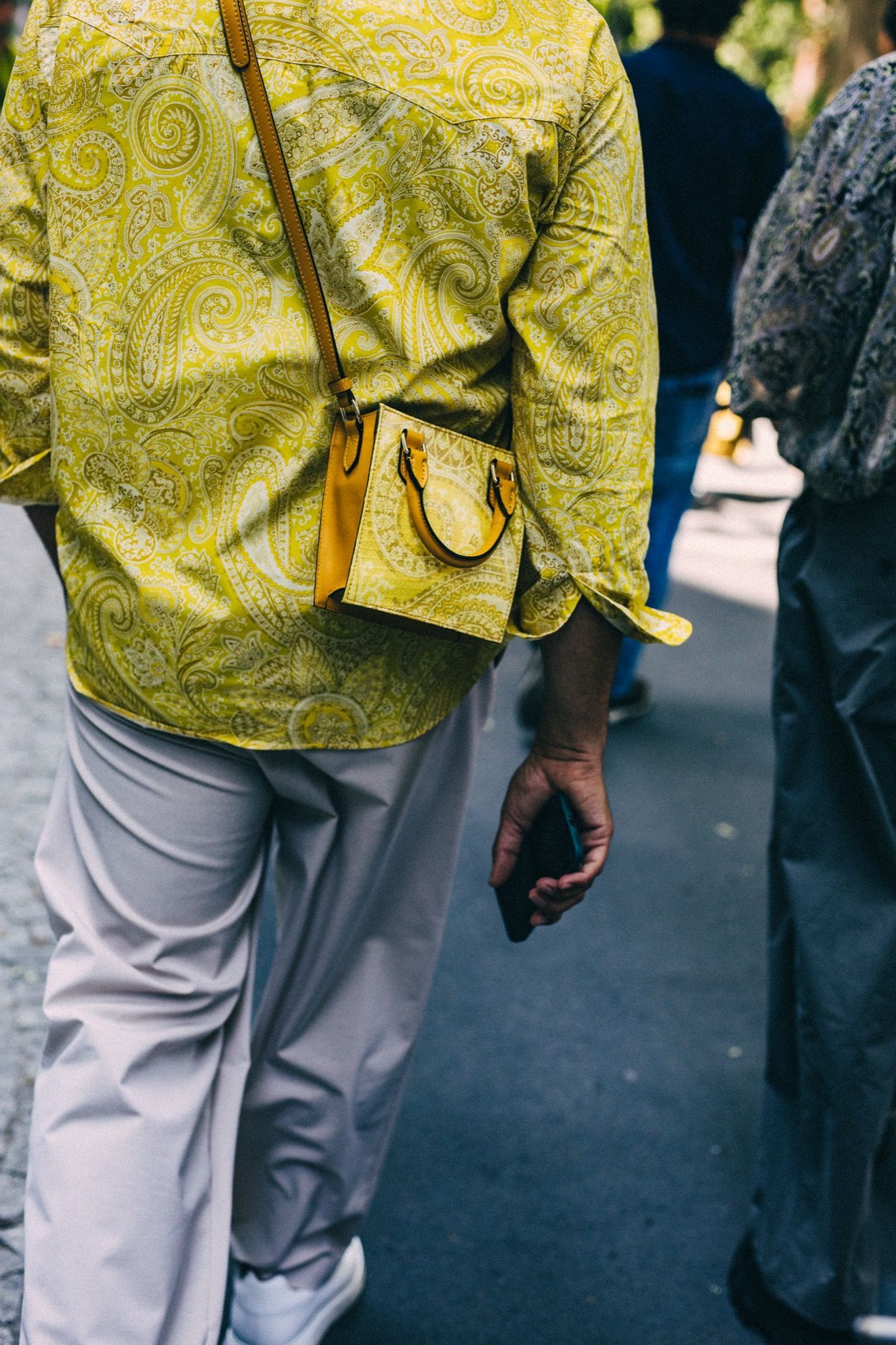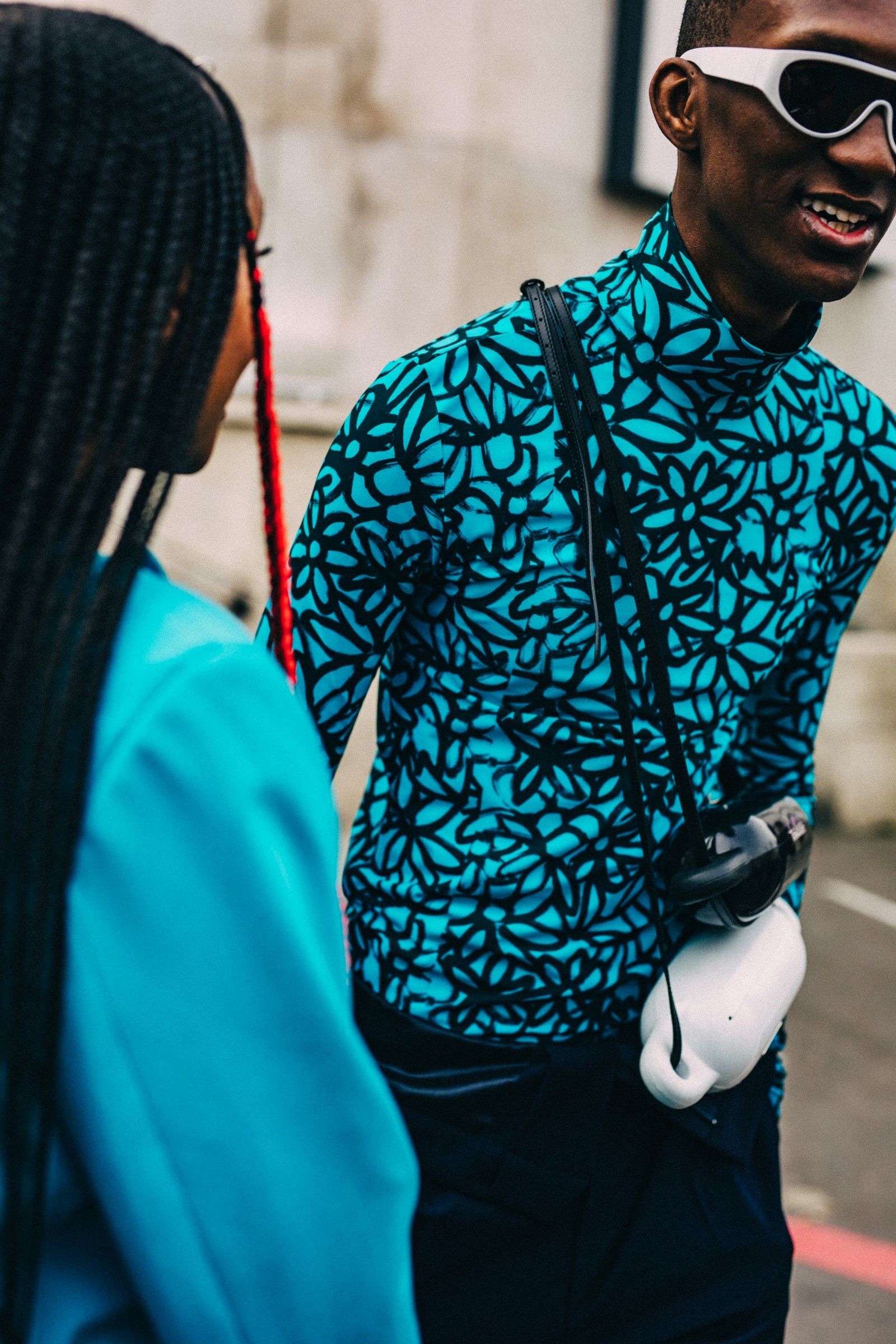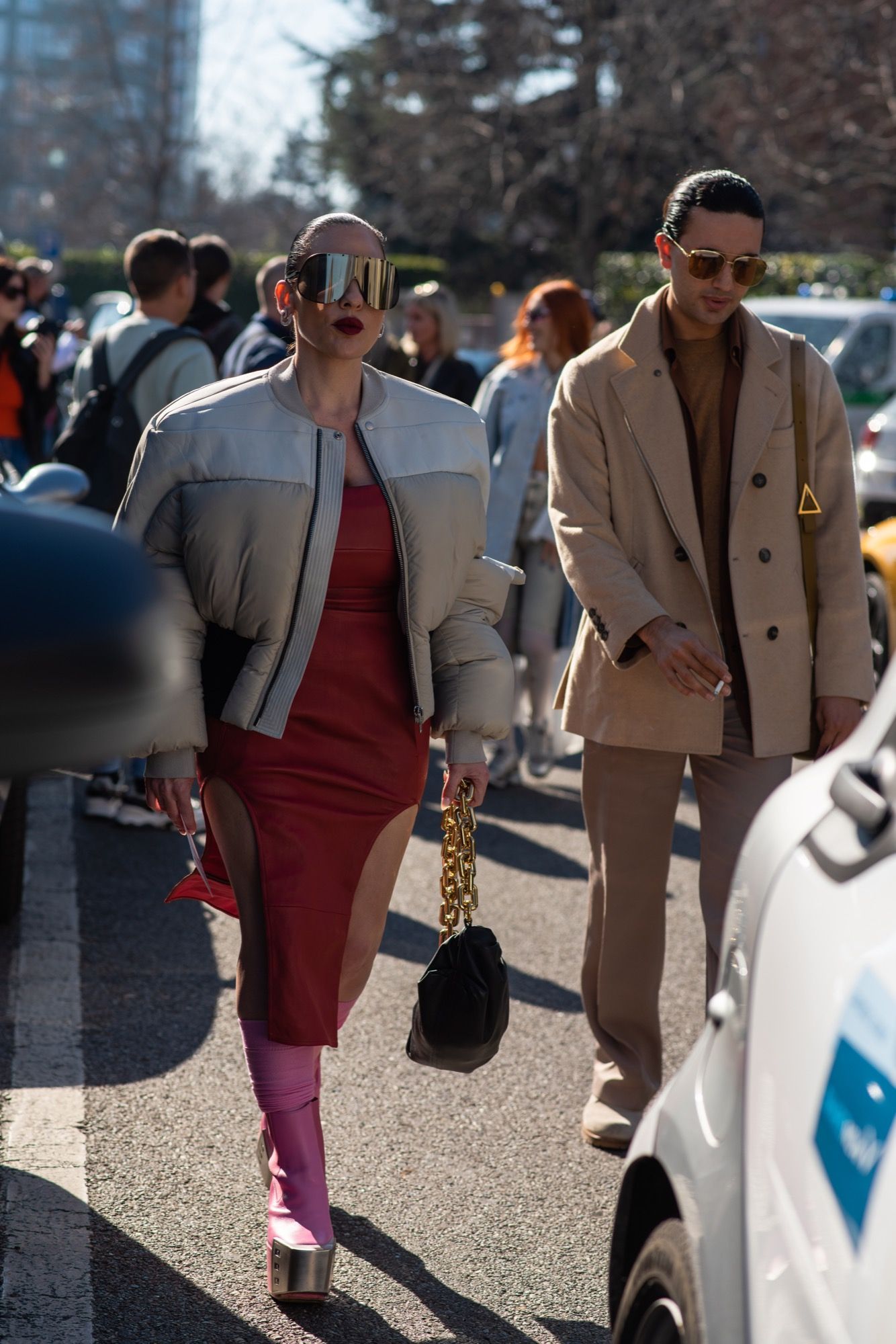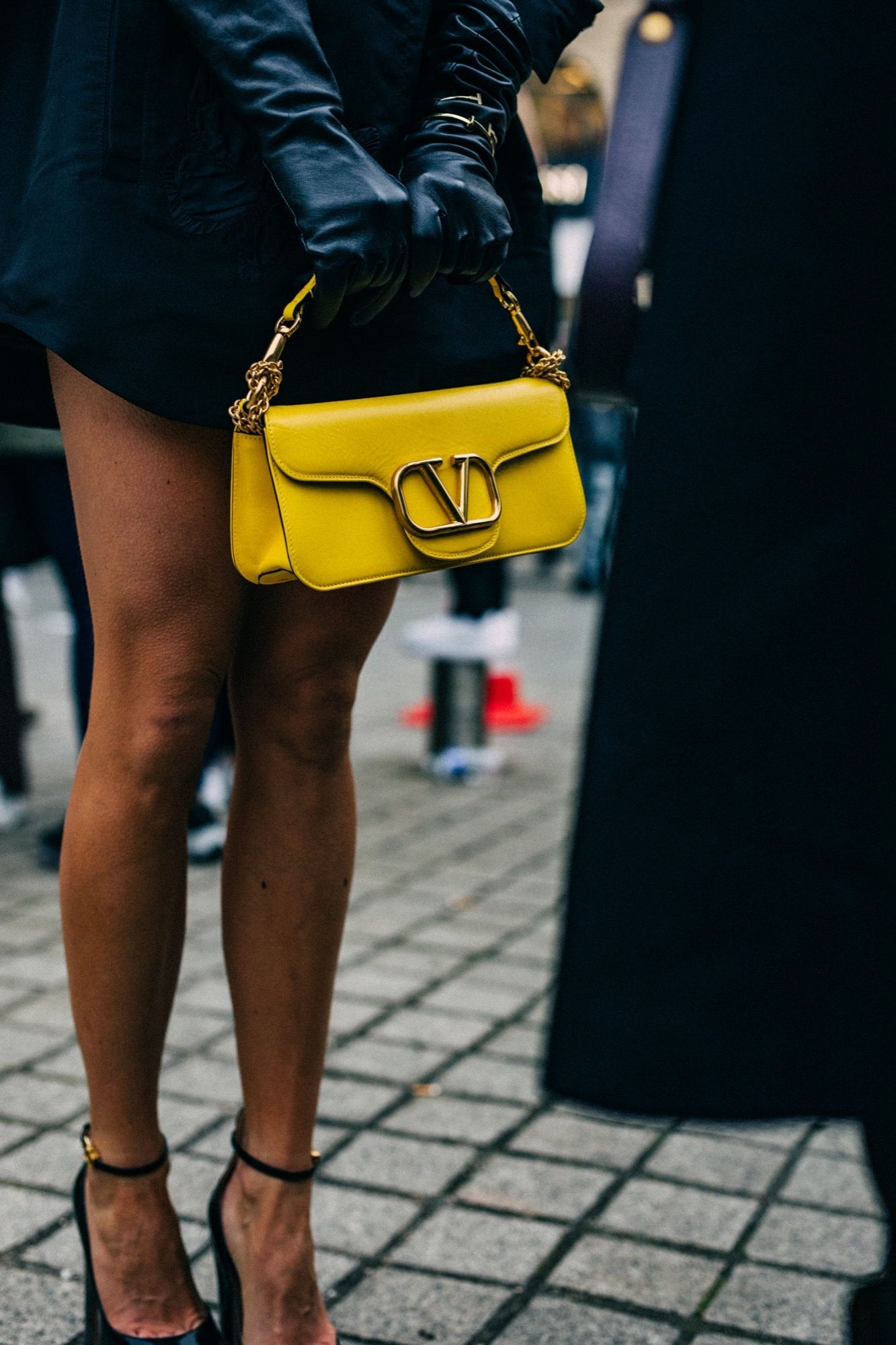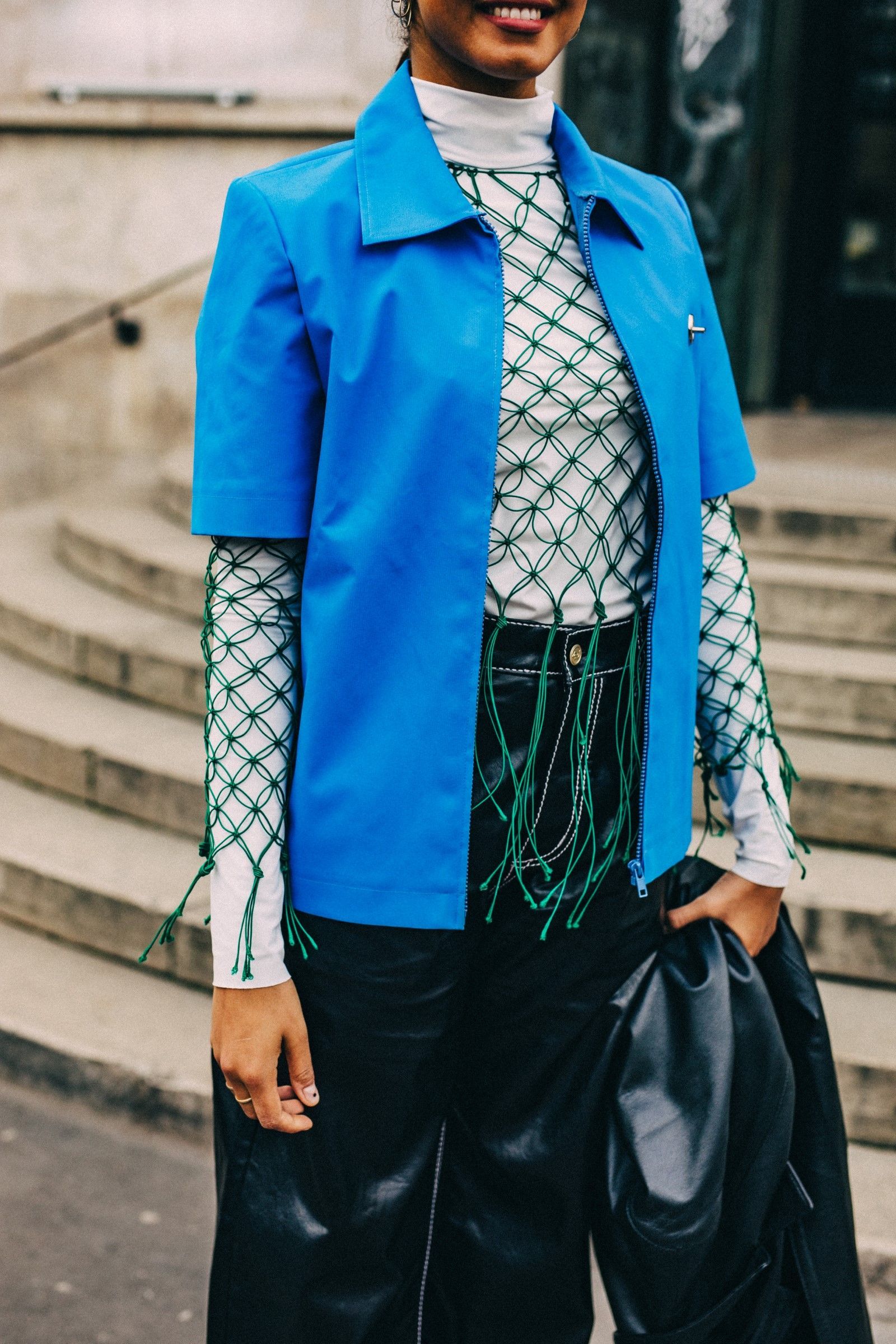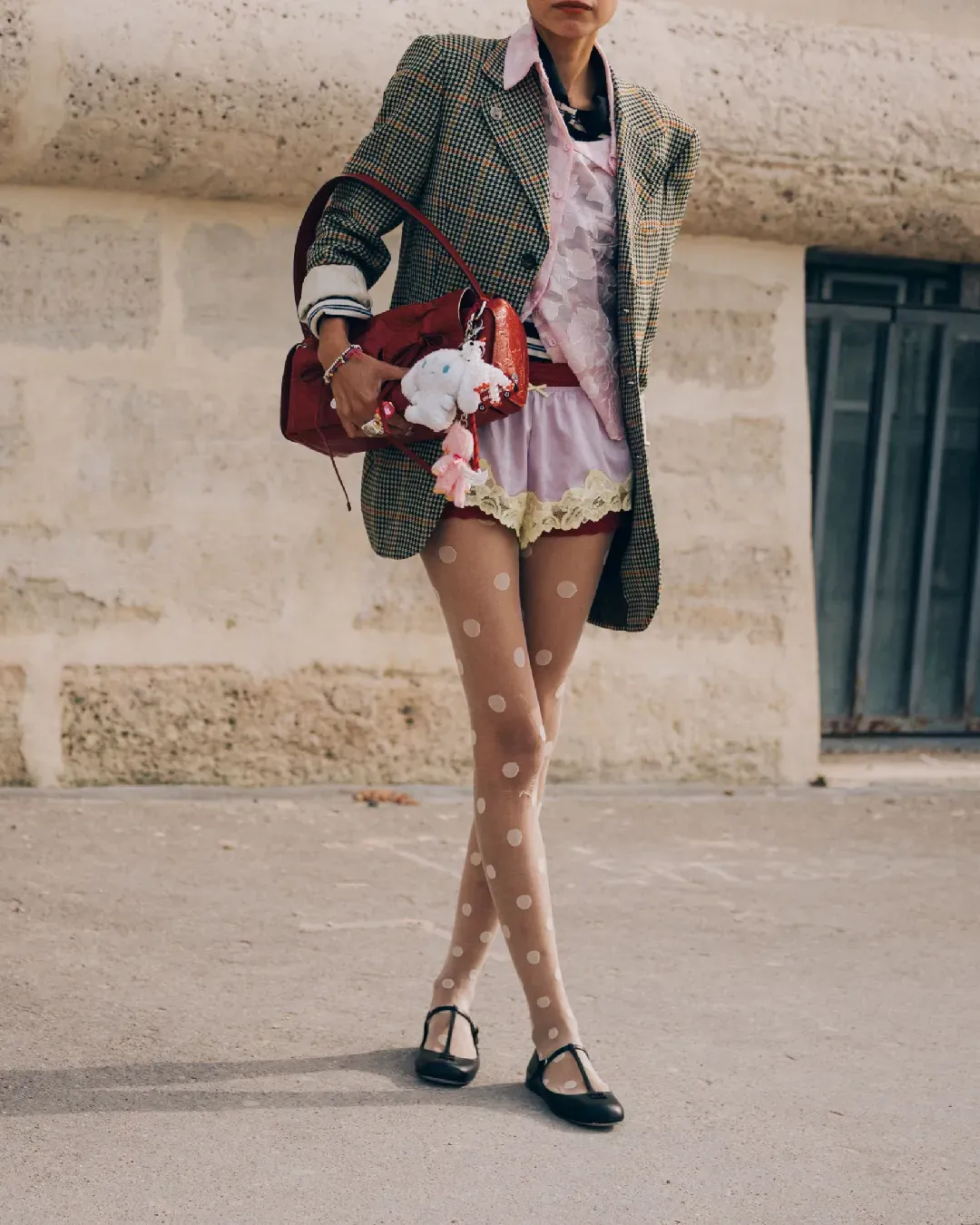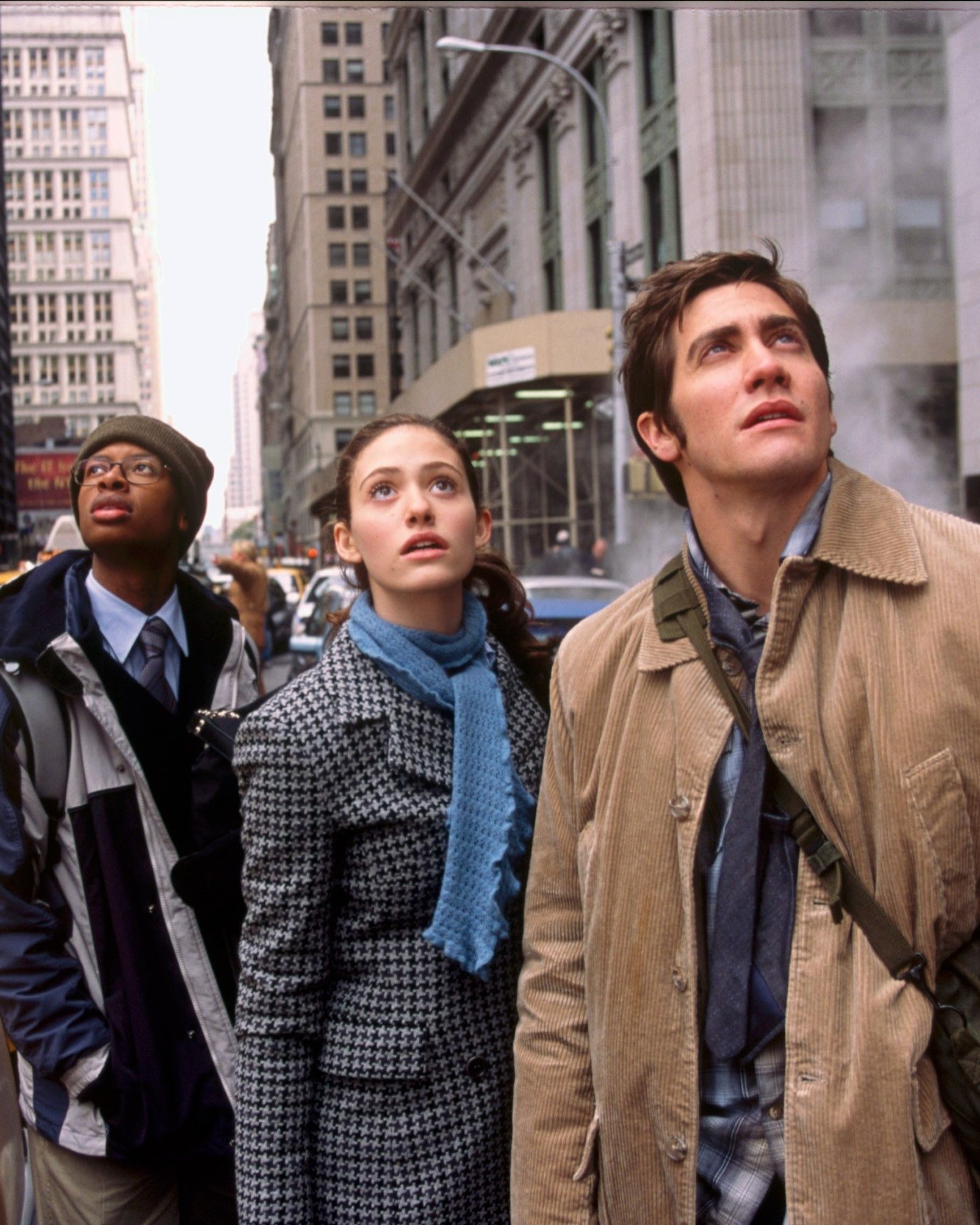
The 10 challenges fashion needs to face in 2023 From the fragility of the economy to the fluidity of collections
The annual report The State of Fashion 2023 co-signed by Business of Fashion and McKinsey was released yesterday. The title of this year's edition is Resilience in the Face of Uncertainty, explicative of a situation that, after a phase of brisk recovery from the two-year lockdown, is once again looking uncertain and complex due to political, social, and environmental tensions that have never been more evident than this year. In 2021 and 2022, the entire fashion industry saw global growth of 22 percent and 13 percent, respectively, thus preparing to enter 2023 with increased strength albeit with some well-founded concerns. Between the continuation of the war in Ukraine, the energy crisis, and rising inflation, the fashion industry will face quite a few challenges including luxury spending growth fluctuating between 5 percent and 10 percent that is likely to be concentrated in the United States but especially in the Middle East - a region where cultural differences, however, will require work to adjust and localize brand language. Behind the scenes, strategizing supply chains, distribution and warehousing will require trade agreements and the adoption of new technologies while the topic of digital marketing in a society that will be economically challenged remains hot.
That's why the report outlined 10 challenges the fashion industry needs to face in 2023 if it is to survive one of the most uncertain and complex periods of the past decade.
1. Socio-political fragility
Between the continuation of the war in Ukraine and lockdowns in China, amid the political polarization of European countries, geopolitical issues have never seemed more closely linked to the future of the fashion industry. While good growth (between 9 percent and 13 percent) should occur in China, despite the lockdowns, as well as in the United States, the same is not true in Europe where inflation is scary. Both war and extreme weather events due to environmental deterioration have created problems in the procurement of raw materials and the continuity of trade routes, causing delays and impediments.
2. The hyper-localization of markets
Strong economic growth in specific regions, such as China, the U.S., and the Middle East, will raise the need for stronger localized control of their operations. Discontinuity in the recovery of individual national economies will also be a challenge to be addressed. The solution to be adopted here is therefore to create ad hoc strategies region by region, both in terms of marketing and customer services and growth.
3. The effects of the economic crisis
In the face of inflation and macroeconomic instability, the market will bifurcate: on the one hand, the affluent class, which is likely to remain affluent and continue its spending more or less as usual; on the other hand, all the rest of the population, which is expected to give a decisive cut to pleasure spending not only by limiting purchases but also by pouring into the secondhand market, outlets and discounting and thus abandoning the primary luxury market. This bifurcation will lead the fashion leadership to recalibrate its strategy, placing better-thought-out investments and, above all, avoiding diluting its brand identity in an attempt to build customer loyalty.
4. The continued rise of fluid fashion
The more genderless fashion becomes, the more product, marketing, and work in physical retail will need to be rethought and optimized to reflect the blending of two originally separate sectors. At the same time, it will be necessary to joust the traditional audience of conservative big spenders with the young, progressive audience that is increasingly going for genderless products.
5. The mutation of formal clothes
Between the rewriting of office dress codes, the spread of genderlessness, and the continuation of social activities, formal wear will also see a strong evolution. On the design level, we might witness the rise of the statement outfit, characterized no longer by a desire to conform to a social standard but on the contrary designed to stand out. On a more strictly commercial level, precisely formalwear could represent the ram head with which the (hitherto hermetic) world of luxury clothing renting will be conquered.
6. The return of the multi-brand
After focusing on a direct-to-consumer model that excludes some third parties, many brands will have to confront the rising costs of digital marketing and e-commerce maintenance. To do so, BoF and McKinsey suggest a return to diversification, with an increase in wholesaling and physical and digital multi-brands as business partners.
7. Canceling greenwashing
If all the brands that claim to be sustainable were, the planet would already be saved. Moving from words to deeds and showing the concrete effects of their policies, making them even more radical in some cases by adopting practices such as made-to-order and full traceability of all materials will be crucial for both big fashion brands and the ever-deceptive fast fashion.
8. The importance of craftsmanship
The return of price-for-value and the difficulty of dislocating across whole continents to manufacture products will force brands to rely increasingly on local or otherwise nearby factories, creating shorter (and sustainable) supply chains but also leveraging digital technologies to produce less, avoiding waste and generally ensure better efficiency as well as cost containment.
9. Creativity and marketing
New data management legislation will (thankfully) make it harder to guess consumers' tastes at the very moment they are thinking about them. To get returns on its investments, therefore, marketing will have to become more creative, both through fresher concepts and through the exploration of new channels of expression capable of significantly capturing attention.
10. The restructuring of the workforce
Optimizing management teams, cultivating talent, and increasing the push on departments dedicated to digital growth and sustainability will be critical. In general, to cope with the priorities and potential emergencies of the new situation, every company must build strong and functional management teams capable of responding with agility and decisiveness to each new challenge.













































